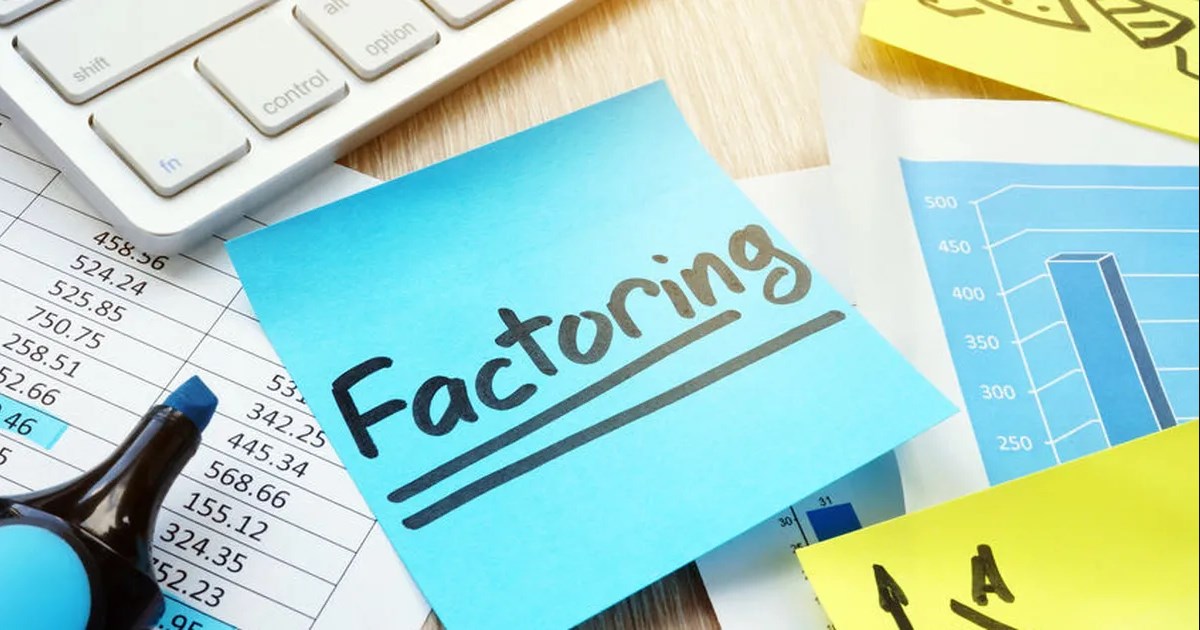Creating and Maintaining Your Financial Safety Cushion
You may have already heard about what a financial safety cushion is, and some have already saved up for one. In professional finance circles, there are still debates about what safety cushion should consist of and whether it should be divided into calendar periods. But first, let’s talk about what a financial safety cushion is for an individual or a household – many would argue in its favor, but few really understand why.
Defining the Cushion
In the simplest terms, a financial safety cushion is your savings that will finance your life for a period of time, even if you don’t maintain your usual level of income during that period. The cushion is needed not only to support you in case you lose your job or have to take a long sick leave, but also in case you decide to get an education or change the field of activity, taking a break between your previous job and a new one.
Why You Need One
A financial safety cushion will keep you safe from major unexpected expenses, such as having to relocate. But that’s not all. Cushion will bring you peace of mind and allow you to choose the job you want, the rhythm of life you want. Having one means being able to afford a much more extensive range of opportunities.
A financial cushion can help you get through any financial difficulties without extensive worries. Speaking of personal experience, I managed to obtain a long-coveted degree in economics and change my profession, while unemployed for a significant amount of time – all owing to substantial savings.
Either way, a financial safety cushion will help you get through any period of your financial life easily without getting bent out of shape – it’s the foundation of your financial well-being. There’s no point in saving money to invest in any financial instruments if you don’t have a base in the form of a financial safety cushion. Now that we answered all the whats and whys related to the subject, let’s talk about hows.
Where to Start
There are debates about how an average household or individual should approach the creation of a financial cushion, but it is often the case of not seeing the forest for the trees. Some say it should be measured in your
monthly income, while others say it should be measured in expenses. Most of people that approached me for help with their cushions, spend as much as they earn, so it doesn’t really matter at the beginning whether your primary source is your income or expenses.
The idea is to apply strict control to your expenses, including your loans or credit card payments, if you have them. After all, the idea is that your financial cushion should cover your regular expenses while you change jobs or look for a new source of income.
The same applies to aspiring entrepreneurs. They, too, need a financial safety cushion, despite the fact that at the start-up stage, entrepreneurs’ income is irregular and jumpy. It would be better, of course, to save your monthly income, but expenses work just as well.
Making Time Estimates
I firmly believe that you should accumulate a sum equal to your average yearly expenses before you can call your financial safety cushion truly secure. For many, though, this may prove an unrealistic figure, so 3 to 6 monthly expenditures on your account can also be considered a good start. Whether it’s 3 or 6 is up to you – it all depends on your social standing, your current profession, place of employment, current income level and area of expertise.
Always remember you should go gradually, start with covering 1 month of expenses on your account, then go for larger figures. Once you have provided yourself with a financial safety cushion, you can start thinking about investing.
Cushions and Investments
Money management plays an essential role in investment – essentially, these two are synonyms, if you imply that financial control should lead to profits. Don’t rush into investing if you haven’t mastered money management in your personal or family finances. The art of money management begins with your habits of saving money.
These habits will come in handy later on, when you become irritated with the fact that your money doesn’t work for your benefit. Investing is not just the art of finding the right financial instrument, it is the art of managing your money. It’s about choosing how much money you invest in high-risk assets and how much you keep in your portfolio in low-risk assets. It’s the right choice of risk hedging instruments and much more. When people ask me where to start with investing, I usually start my answer with a returning
question of whether they a financial safety cushion. Bottom line – having one and maintaining it at any chosen period of your life is your best way to tackle any hardships life may hurl at you.
For premium readers







